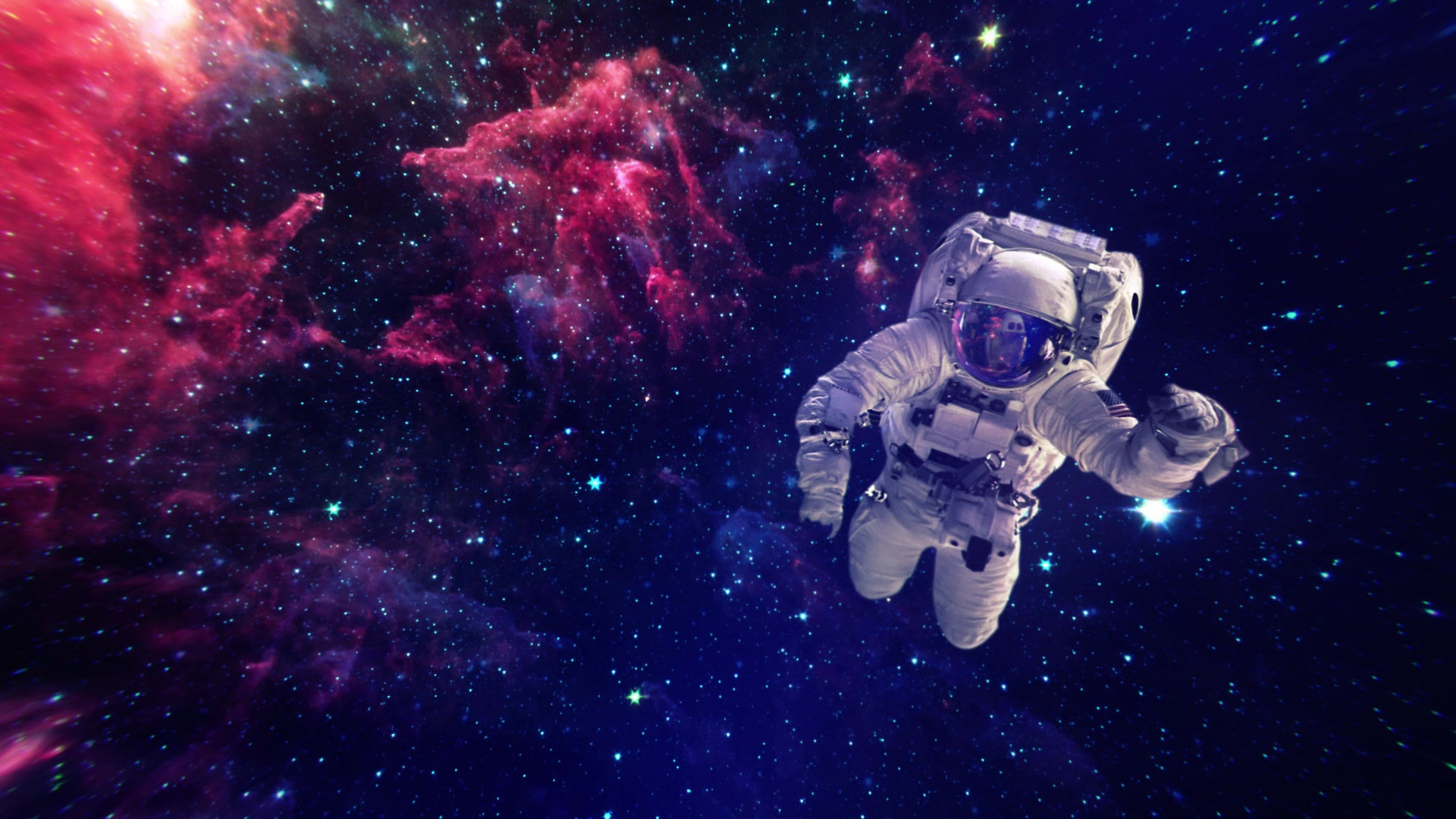
Stellar Nurseries
Scattered all across the universe is a diffuse of material called, the interstellar medium (ISM). The ISM forms clouds of dust and gas, with each cloud containing somewhere between 10-4 to 106 particles per cm3. (That’s 1 million particles in a cubic centimetre!) The main elements that these clouds are formed of are hydrogen and helium, with roughly 70% of the cloud being hydrogen. Occasionally there are trace amounts of heavier elements that have been ejected by stars as they progress through the cycle, but more on that later!
Now you’ll be asking, what does this have to do with star formation? That’s a good question!

Every so often the ISM forms clouds that are so dense that the hydrogen atoms can form into molecular hydrogen (H2), we call these molecular clouds, or nebulae. It is here in these nebulae that the story of star formation takes place...
Nebulae, just like stars and people, come in all shapes and sizes, and astronomers have noted that the larger, hotter, nebulae tend to form the heavier stars; whilst their smaller, colder, counterparts form lower mass stars. The densest of these clouds, or nebulae, form globules.
Over the course of millions of years the molecules within a nebulae move around and form little clusters. As more time passes these clusters group with other clusters. Once enough molecules are present, the gravitational attraction between them pulls them close enough together. As this happens gravitational energy is transferred into thermal and kinetic energy, allowing the temperature of the molecules to raise to a point where fusion is viable. At this point, a class O Protostar is born.
Below is a simple animation that shows how the molecules in the clouds move around and group together. The bright clumps that occur later in the simulation are Protostars.
